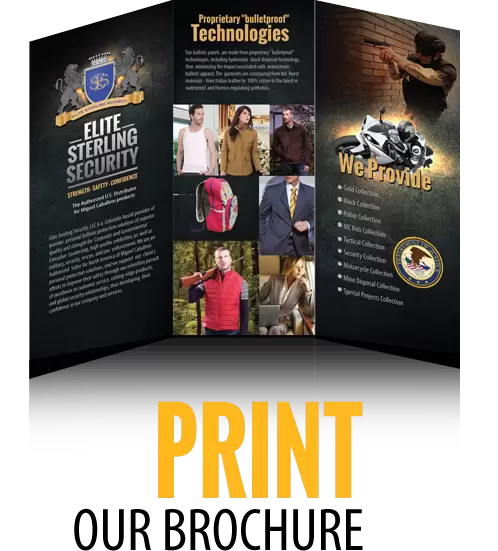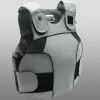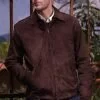 Ballistic Info
Ballistic Info
Introduction to Ballistic Protection
While the term “bulletproof” is thrown around in the media, in movies, and on television, this is a misnomer. The correct term is “ballistic protection” or “bullet resistant”. Since the purpose of body armor is to protect the wearer from bullets, it is important to understand bullets and ballistics. This page has been authored by Mr. Mathew D. Ingalls, one of our Personal Account Managers and a school-trained and certified gunsmith. We hope you find this information informative and that it assists you in selecting the best ballistic protection for your needs.
Selecting the Correct Protection Level
What ballistic protection level should I order?
- NIJ Level II is a good balance between comfort, ease of concealment, and protection from blunt trauma.
- NIJ Level IIIA and Level III is worn by many police officers and law enforcement agents. This is the most widely utilized type of vest in the industry for safety, cost, and the ability to be worn under another garment.
- Level IV tactical vests require ballistic inserts and are thus heavier and also a bit more expensive. The plates will provide better blunt trauma protection and preserve the wearer’s ability to return fire after taking a hit. These vests are highly desirable when facing threats from high velocity rounds.
Please refer to the ballistic test chart for more detailed information on the protection specifications.
- NIJ Level IIIA and Level III is worn by many police officers and law enforcement agents. This is the most widely utilized type of vest in the industry for safety, cost, and the ability to be worn under another garment.
- Level IV tactical vests require ballistic inserts and are thus heavier and also a bit more expensive. The plates will provide better blunt trauma protection and preserve the wearer’s ability to return fire after taking a hit. These vests are highly desirable when facing threats from high velocity rounds.
Please refer to the ballistic test chart for more detailed information on the protection specifications.
| Threat level | Bullet caliber and type | Bullet image (Fit to scale) | Bullet mass (grains) | Imapact vilocity (ft/s) | Imapact vilocity (m/s) |
|---|---|---|---|---|---|
| IIA | 9mm full metal jacket, round nose |  |
124 | 1120 | 341 |
| IIA | 40 S&W full metal jacket |  |
180 | 1055 | 322 |
| II | 9mm full metal jacket, round nose |  |
124 | 1205 | 367 |
| II | 357 magnum jacketed soft point |  |
158 | 1430 | 436 |
| IIIA | 9mm full metal jacket, round nose |  |
124 | 1430 | 436 |
| IIIA | 44 magnum semi-jacket (M80 Ball) |  |
240 | 1430 | 436 |
| III | 7.26 NATO full metal jacket (M80 Bali) |  |
148 | 2780 | 847 |
| IV | 30 caliber armor piercing (AP M@) |  |
166 | 2880 | 878 |
Ceramics
NIJ Level IV utilizes ceramic inserts. Ceramic inserts are special bulletproof plates with a ceramic coating strong enough to protect people from high velocity rounds. It protects against 7.62mm Full Metal Jacketed bullets and U.S. military M80 shot. It is a bulletproof plate of great strength providing protection against 30 caliber armor-piercing bullets as well.











